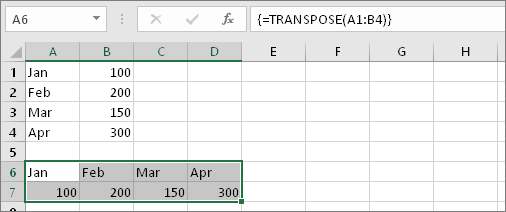

You can navigate the provided colors with the arrow keys.Ĭtrl + Home: Moves to beginning of workbook. This shortcut works when in cell selection mode, not text edit mode (indicated by absence of blinking cursor). Ctrl + Shift + %: Apply percentage format to numbers.Ctrl + Shift + !: Apply number format with 2 decimal places.Ctrl + Shift + $: Apply currency format to numbers.Alt + Shift + F1: Insert new worksheet.You can also delete rows or columns this way, but the shortcuts provided above are quicker. Ctrl + Shift + “+” + C: Inserts entire column.(Whatever was in those cells is overwitten.) You can do the same thing to the right with Shift+Right Arrow and Ctrl+R. Whatever is in the first cell is copied to fill the remaining cells. Hit Shift+Down Arrow four times to select the four cells below your current one.

Ctrl + Shift + “+” + R: Inserts entire row. Suppose you want to copy it down five times.Ctrl + Shift + “+” + D: Shift cells down to insert cell.Ctrl + Shift + “+” + I: Shifts cells right to insert cell.The fourth letter indicates what type of border, such as: If you have rows or columns in freeze pane mode, the “F” option becomes unfreeze. (for example, to freeze 2 rows, select a cell in the third row.) NOTE: you must select a cell in the row below where you want to freeze the pane, then enter the shortcut. A small menu will open so you can select one of these: For this shortcut to work, you need to be in text editing mode (indicated by a blinking cursor). Here are the most useful shortcuts I’ve found for Excel: This is because one type of function can have several options, such as adding borders or freezing panes. Many Excel shortcuts are longer than those for other programs. Improve Your Spreadsheet Skills with ShortcutsĮven for those of us who don’t use Excel to its fullest potential, there are several keyboard shortcuts that will make our spreadsheet editing easier. What Does Ctrl+Enter Do Alternatively referred to as Control Enter and C-Enter, Ctrl+Enter is a shortcut key that varies depending on the program. Most of us use Excel to maintain contact lists and for accounting or budgeting purposes.Įxcel has a multitude of features that I never touch and probably wouldn’t be able to tell you what they do right away. Microsoft Excel looks overwhelming sometimes.

Previous articles list shortcuts for Microsoft Office, Word, and Outlook.) These are formulas that return an "array" of values, e.g.Email Pin on Pinterest Share on Google+ Share on LinkedIn Share on Twitter Share on Facebook =INDEX(B2:B10,MATCH(1,(A2:A10="x")*(C2:C10="y"),0))īut this avoids CSE to do the same thing with an extra INDEX function that doesn't need CSE.and there are ways to make CSE formulas into non-CSE, e.g., this needs CSE and to confuse you further, typically if you use an "array constant" in place of an array, e.g. SUMPRODUCT and LOOKUP.and some functions always need CSE, e.g. but some functions can process ranges or arrays without CSE, e.g. That's a straightforward formula which can be normally entered.but if you change it to In general when you use ranges in formulas or functions that normally only apply to single cells then you need CTRL+ SHIFT+ ENTER.so if you use


 0 kommentar(er)
0 kommentar(er)
